




what's trichromatic photography?
Because the human eye has 3 kinds of cone cells, sensitive to light peaks that correspond to red, green, and blue, we can recreate any color by mixing those three components.Prior to that, photographers who wished to achieve a color image had to capture 3 individual images on three sheets of black and white film: one through a red filter, the other through a green filter, and the last one through a blue filter. A projector or viewer would then project those three images back through colored filters, converging into a single full color image.
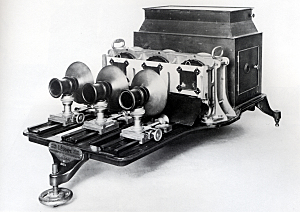
Trichromatic photography, then, is the deliberate process of acquiring the red, green, and blue image planes independently. Those three images can be captured at the same time, or spaced apart; they can be precisely aligned, or shifted around. Those added dimensions to the final photograph are what makes trichromatic photography truly a genre of its own.





Fast moving details, like billowing smoke, rippling water, or rustling leaves, leave behind shimmery trails of color. A subject present on some frames but not others will appeared as a furtive colored ghost.
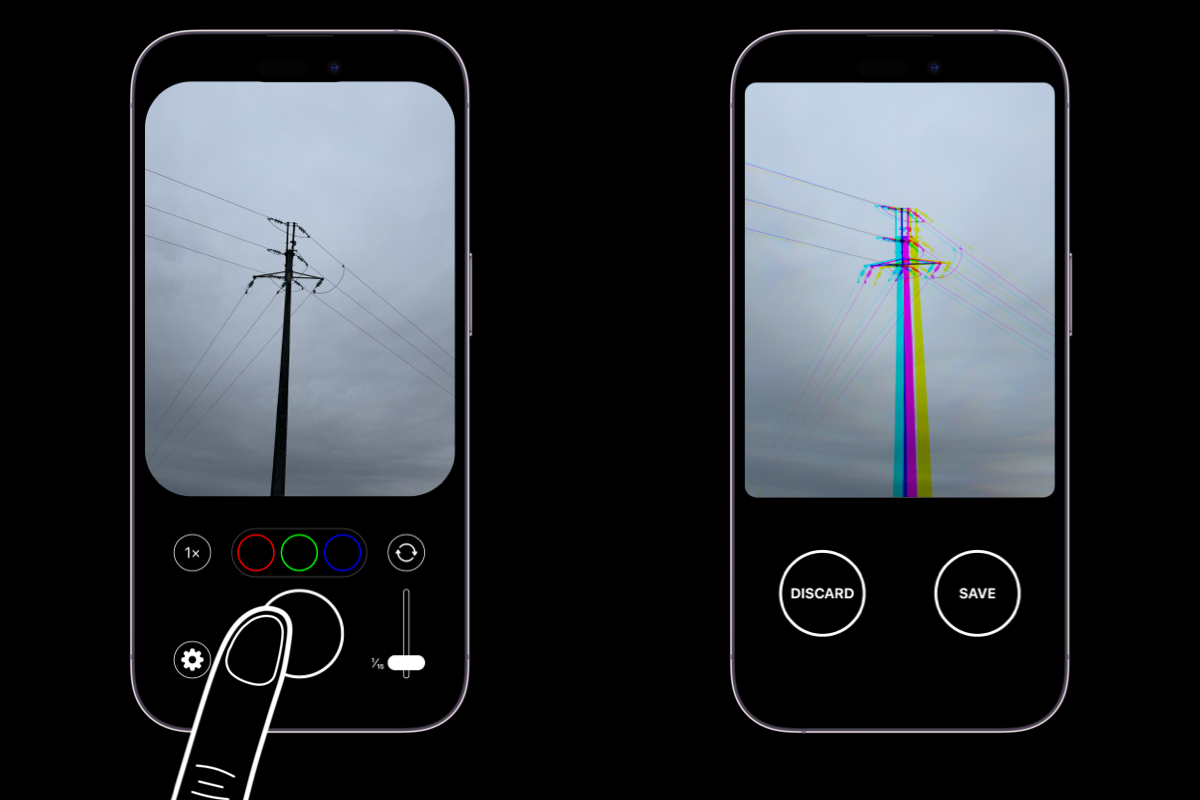
Pressing the shutter will capture the red, green, and blue frames at an interval - then show you the final photograh for review.
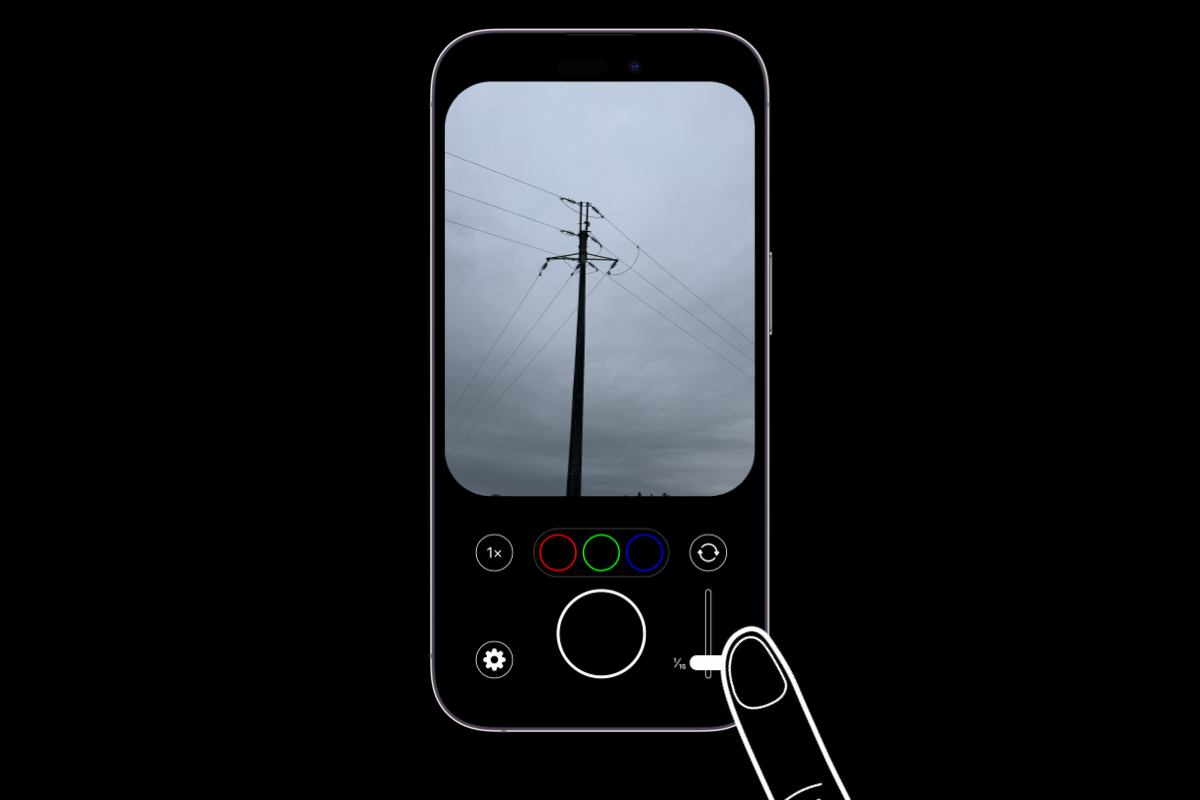
You can use the slider to make the interval between pictures longer or shorter
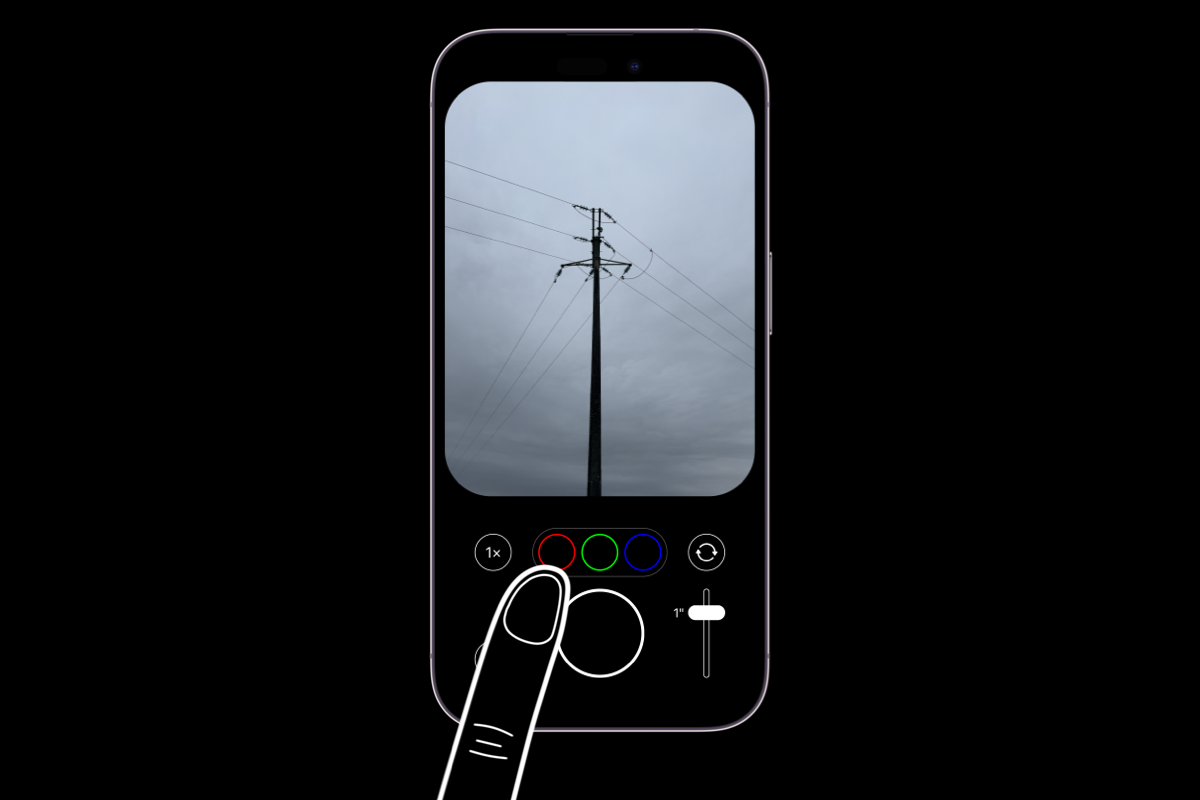
For maximum control, you can use the small colored individual shutter buttons to capture the frame for just the color channel you want, when you want.

Are you interested in Trichromy for other camera platforms?
Please let us know: contact@heliographe.net
In 1861, Thomas Sutton took the first color photograph, of a ribbon, using the trichromatic process.
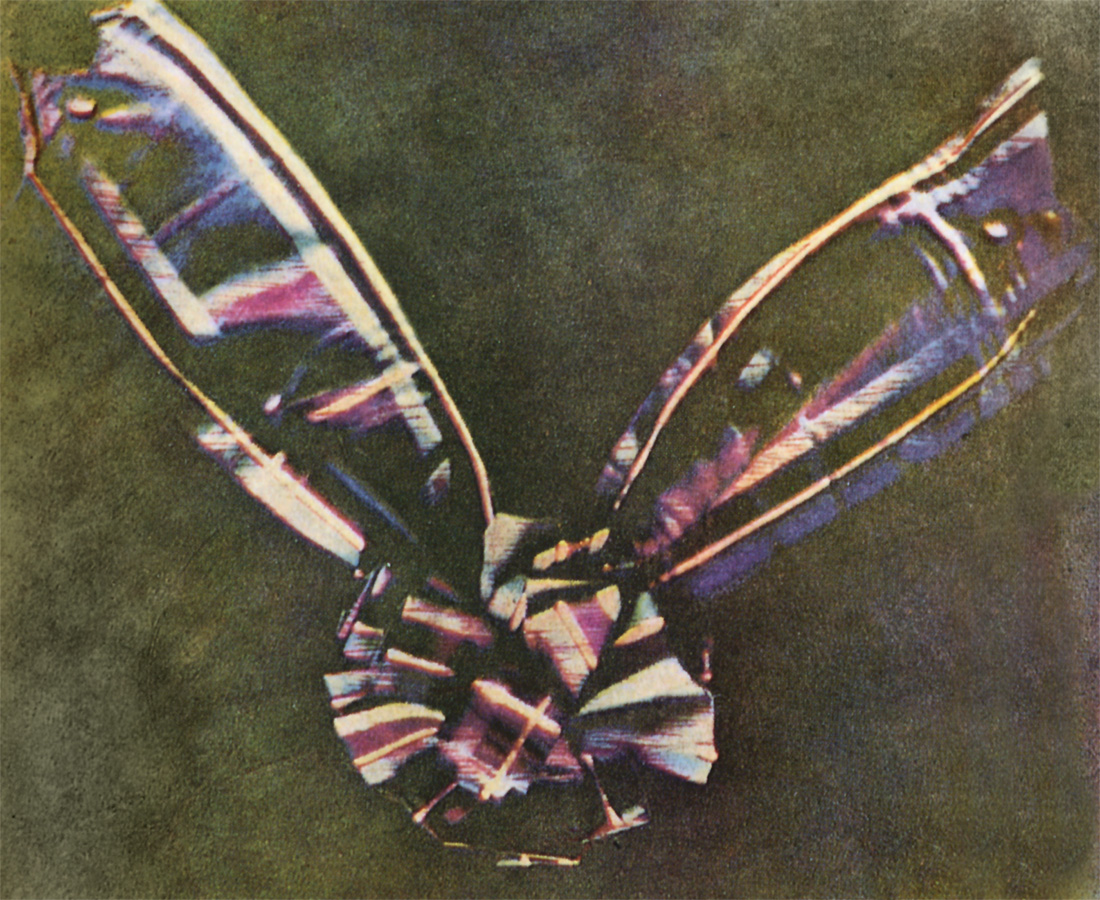
Louis Ducos du Hauron created a number of trichromy photographs starting in the 1860s.
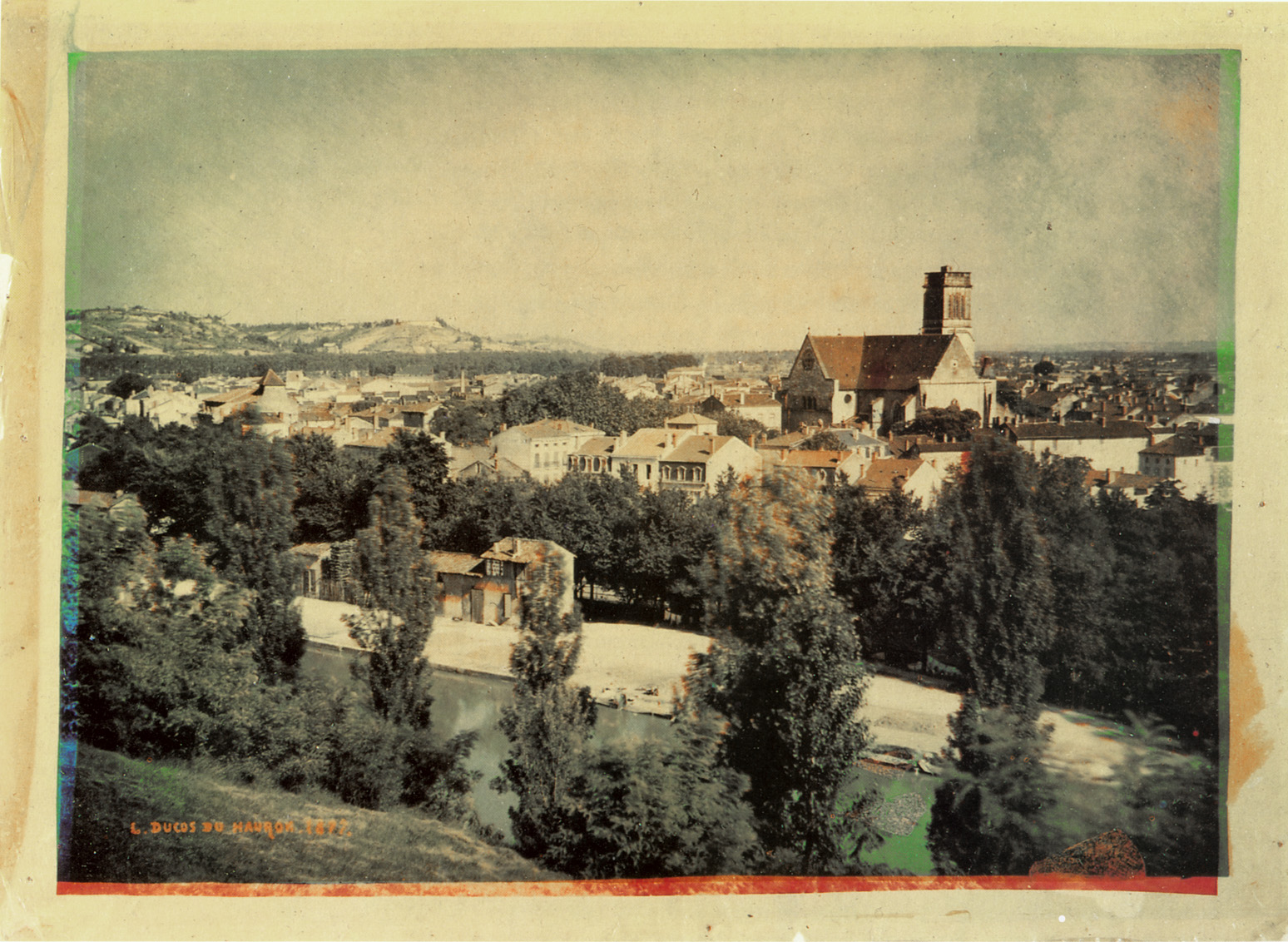
Frederic E. Ives produced and sold trichromatic capture and viewing equipment under the name 'Kromskop' starting from 1897.
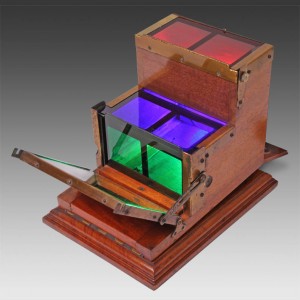
Adolf Miethe produced trichromy photographs in the early 1900s.
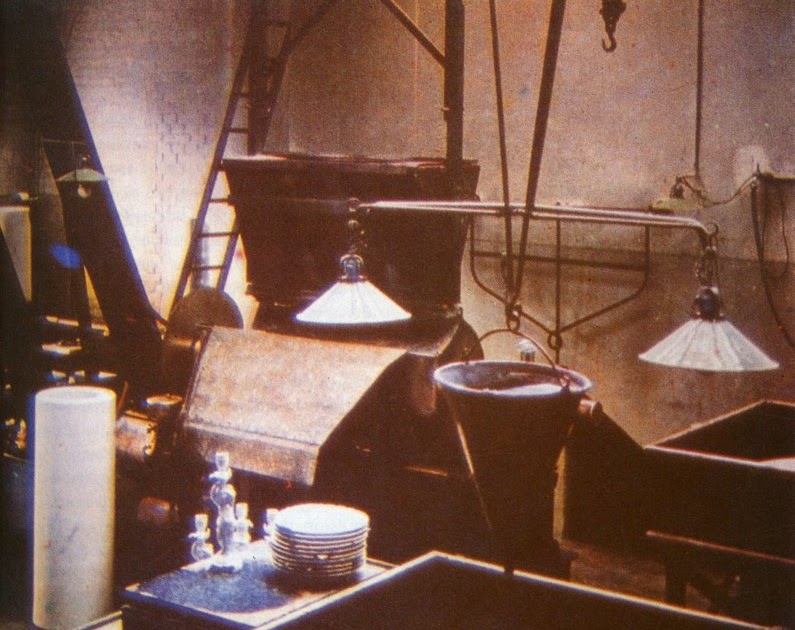
Sarah Acland and Edward Sangher-Shepherd, former assistant of Frederic E. Ives produced trichromy prints in England in the early 1900s.
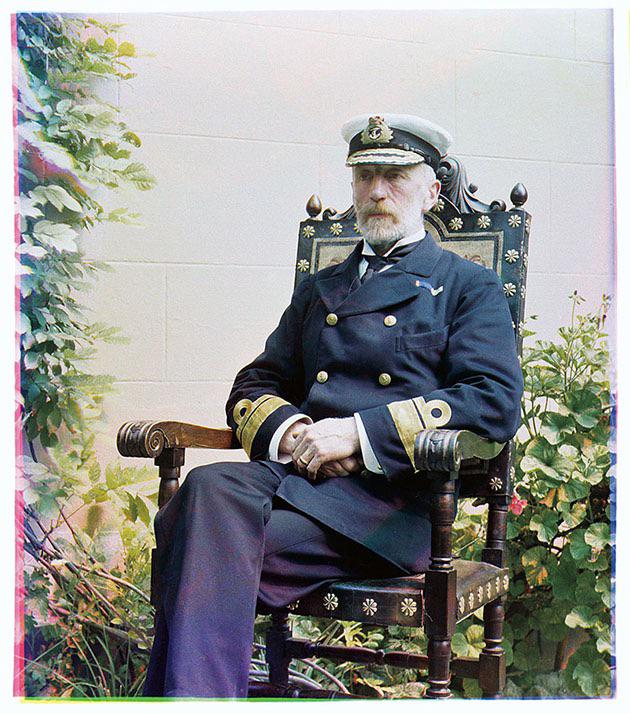
Full color (panchromatic) emulsions are developed in the late 1890s, and become fully available in the 1900s with the Lumière brothers' Autochrome. From there on, there is little room for the cumbersome trichromatic process.
Commissionned by Emperor Nicholas II to document the rapidly modernizing rural Russian Empire, he captured thousands of trichromy pictures from 1909 to 1915.
The US Library of Congress has the whole collection, here's a small selection below.
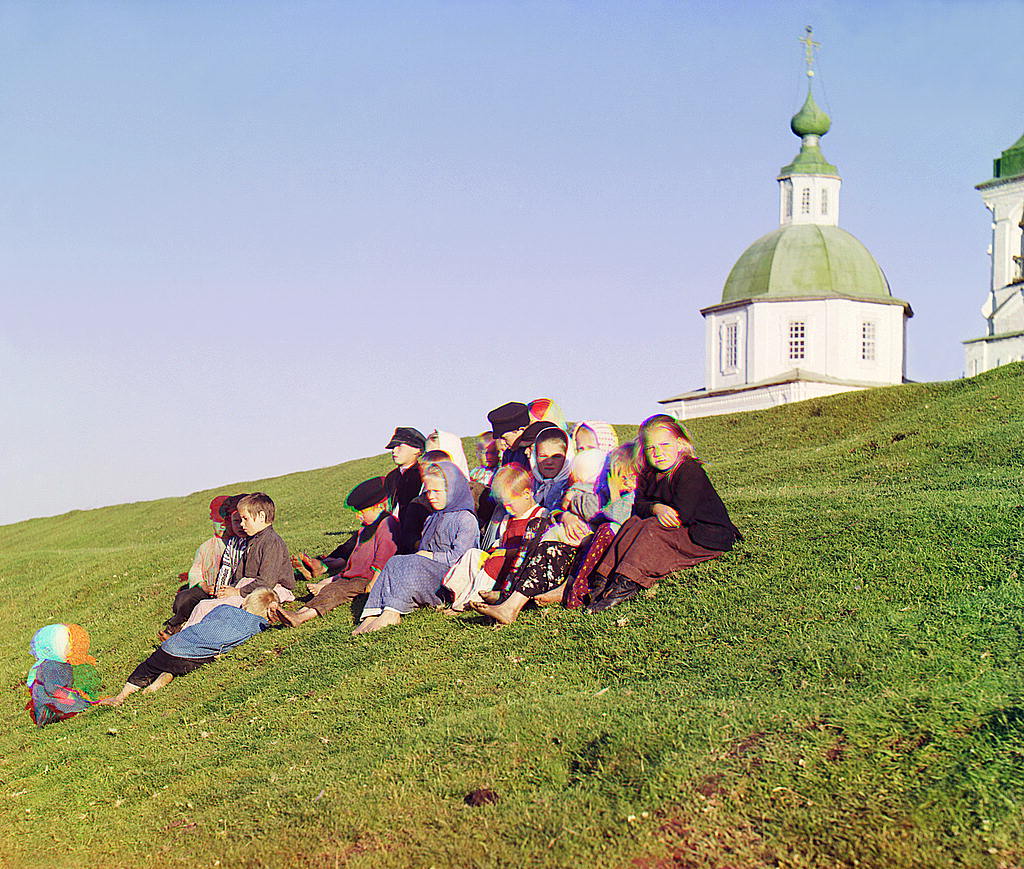
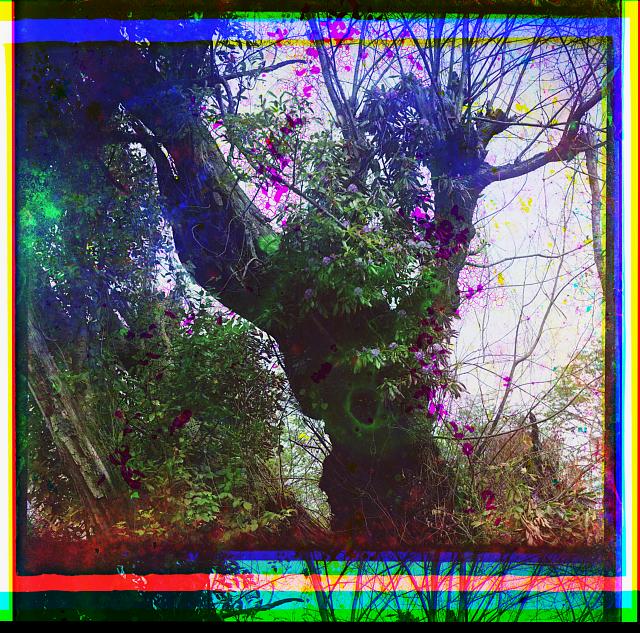
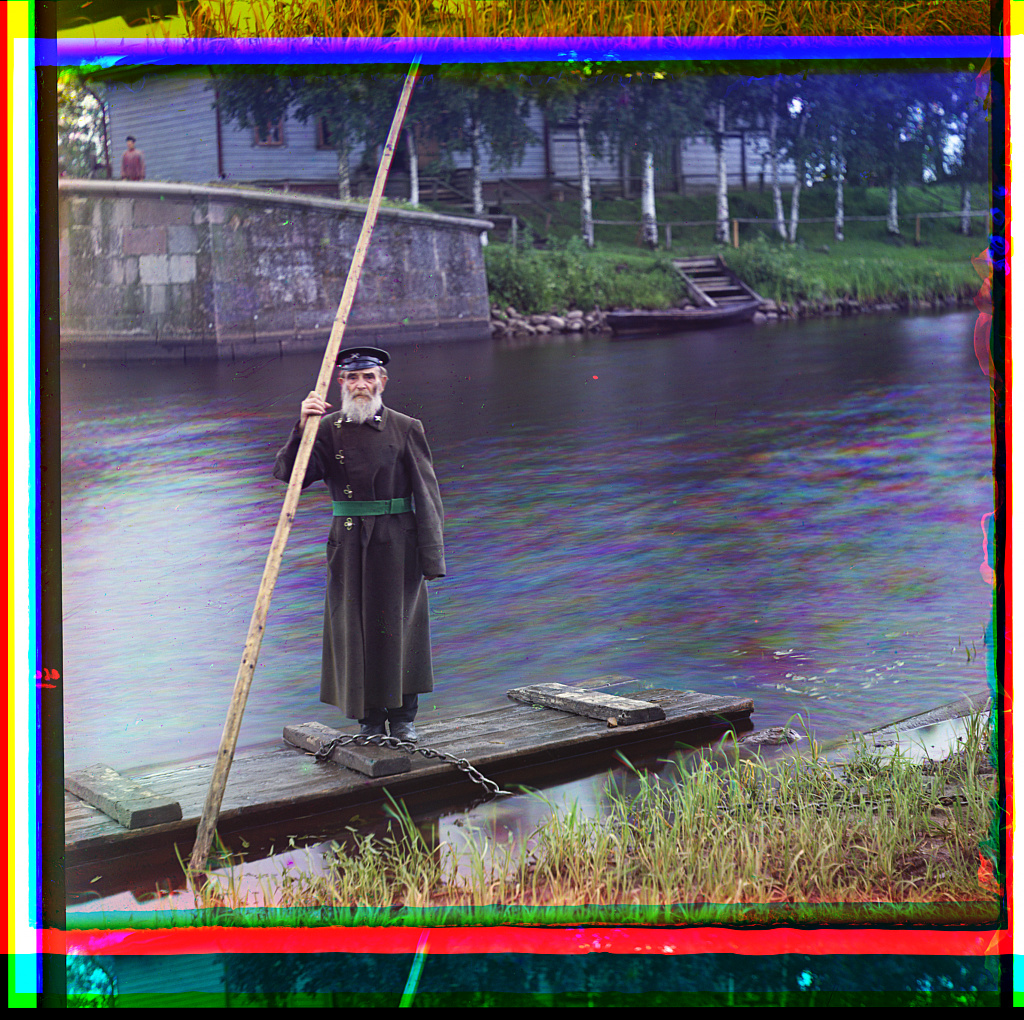
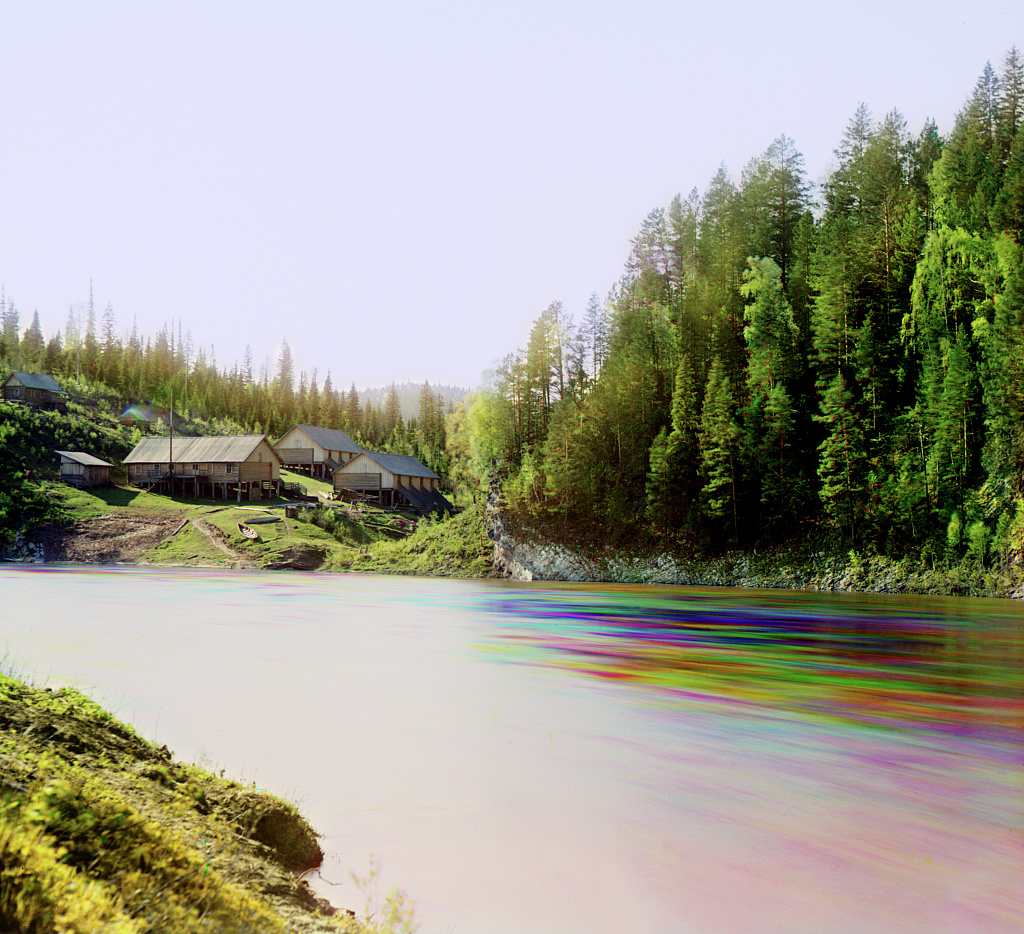
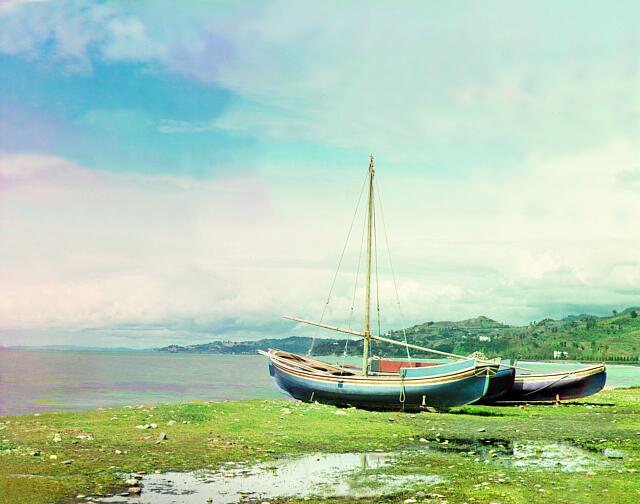
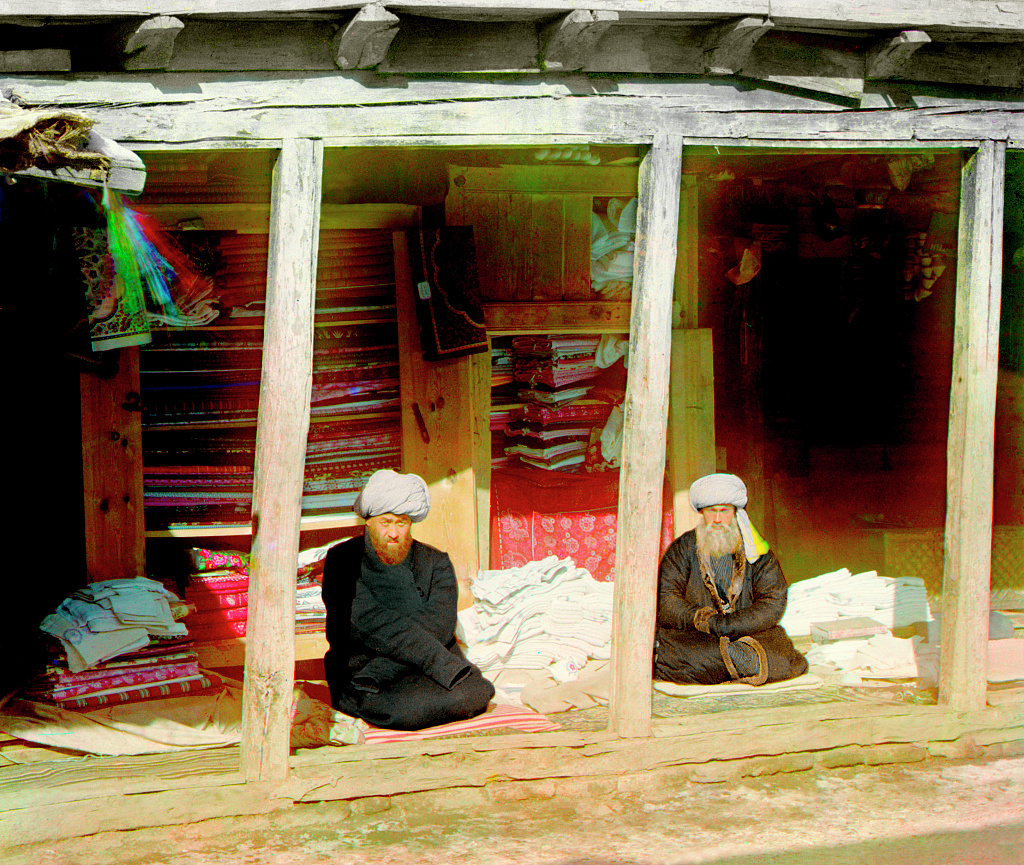
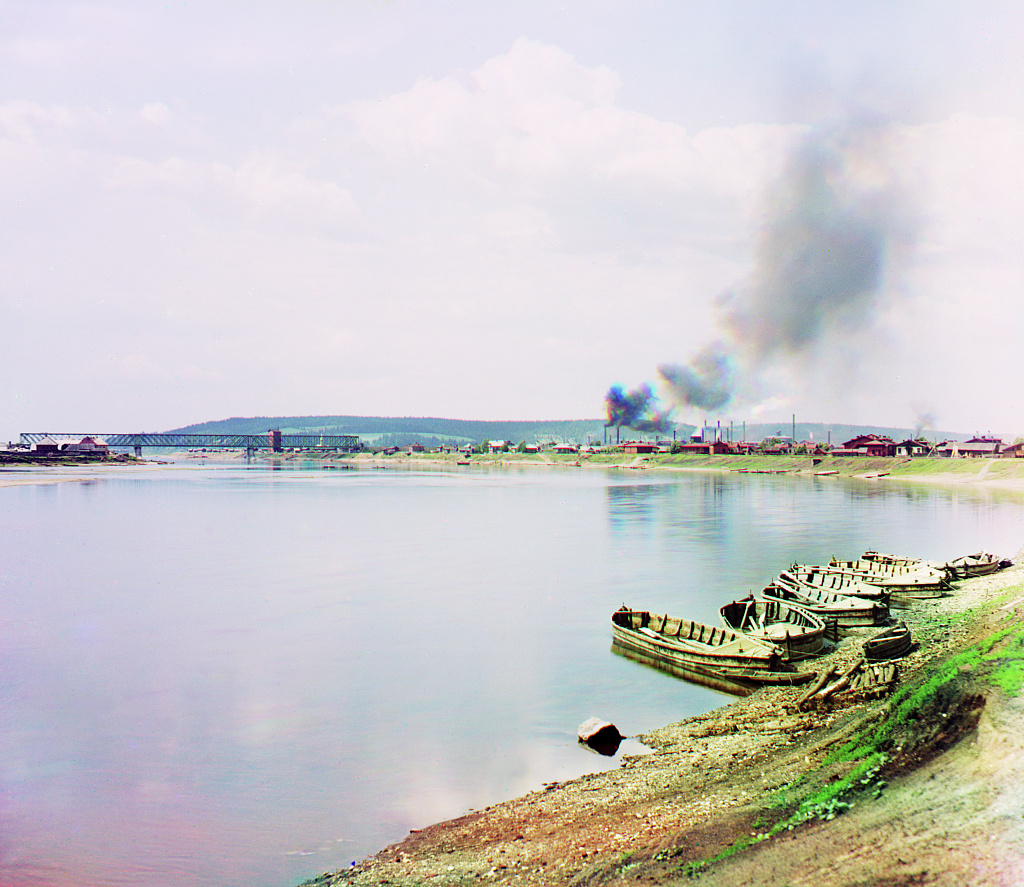
Additional resources
English
https://sechtl-vosecek.ucw.cz/en/expozice5.html
French
https://www.radiofrance.fr/franceculture/voyage-trichrome-en-russie-prerevolutionnaire-6951748
https://lejournal.cnrs.fr/articles/ainsi-naquit-la-photographie-couleur
Trichromy for iPhone
The easiest way to take your first trichrome pictures is the free Trichromy app, for iOS.
Pressing the shutter will capture the red, green, and blue frames at an interval - then show you the final photograh for review.

You can use the slider to make the interval between pictures longer or shorter

For maximum control, you can use the small colored individual shutter buttons to capture the frame for just the color channel you want, when you want.

Are you interested in Trichromy for other camera platforms?
Please let us know: contact@heliographe.net
some early trichromy history
James Maxwell theorized trichromy in 1855.In 1861, Thomas Sutton took the first color photograph, of a ribbon, using the trichromatic process.

Louis Ducos du Hauron created a number of trichromy photographs starting in the 1860s.

Frederic E. Ives produced and sold trichromatic capture and viewing equipment under the name 'Kromskop' starting from 1897.

Adolf Miethe produced trichromy photographs in the early 1900s.

Sarah Acland and Edward Sangher-Shepherd, former assistant of Frederic E. Ives produced trichromy prints in England in the early 1900s.

Full color (panchromatic) emulsions are developed in the late 1890s, and become fully available in the 1900s with the Lumière brothers' Autochrome. From there on, there is little room for the cumbersome trichromatic process.
Sergey Prokudin-Gorsky
Sergey Prokudin Gorski, who studied under Adolf Miethe, left us perhaps the largest body of trichromy work.Commissionned by Emperor Nicholas II to document the rapidly modernizing rural Russian Empire, he captured thousands of trichromy pictures from 1909 to 1915.
The US Library of Congress has the whole collection, here's a small selection below.







Additional resources
English
https://sechtl-vosecek.ucw.cz/en/expozice5.html
French
https://www.radiofrance.fr/franceculture/voyage-trichrome-en-russie-prerevolutionnaire-6951748
https://lejournal.cnrs.fr/articles/ainsi-naquit-la-photographie-couleur